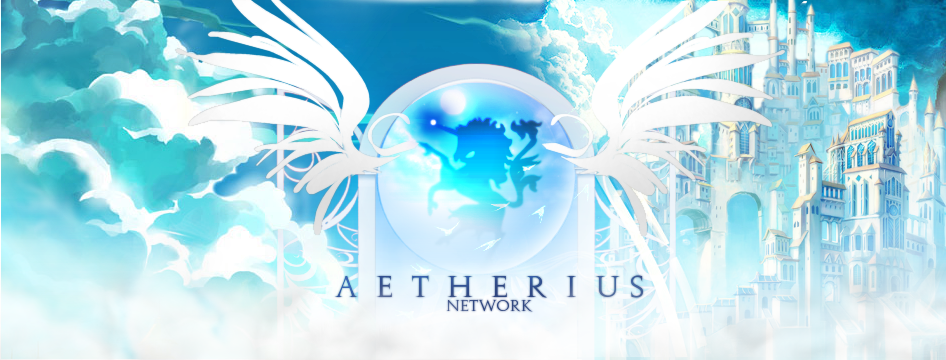 Aetherius Network International multi-gaming guild since 2006. |
 |
Check out our Aetherius Network Facebook Page to see upcoming news and/or enter giveaways. Follow us on Twitter! |
| ||||||||||||||||||||||
| Aetherius Network |
| Would you like to react to this message? Create an account in a few clicks or log in to continue. |
| ||||||||||||||||||||||||||